Major Indian Festivals : We list here some of the Indian festivals celebrated all over India like Diwali, Navarathri, Christmas, Easter, Bakr-Id, Eid-ul-Fitr, Holi and much more.
Hindu Festivals
Diwali : Diwali is a very grand festival celebrated all over India. It is the biggest festival celebrated with great joy and enthusiasm. Diwali is also called Deepavali. The festival is significant among the Hindus, Sikh and the Jains. Diwali is known as "the festival of lights". It symbolises the victory of good over evil. People light 'Diyas' (the traditional earthen lamps) around their house on Diwali. Fireworks are associated with the festival. It usually occurs in October/November.
People clean their houses, wear new clothes and distribute sweets. There are many beliefs regarding the origin of Diwali. One of the most popular belief is that Diwali is celebrated to mark the return of Rama and Sita along with brother Laxmana to Ayodhya after 14 years in exile and slaying of demon King Ravana. People celebrate Diwali by lighting diyas to dissipate the
darkness of amavasya and commemorate the crowning of Lord Ram. There is a popular belief that Goddess Laxmi will come to their homes on Diwali. So everyone keep their houses clean and pure.
Navratri : Navratri means 'nine nights' in Sanskrit. So Navratri is the festival of nine nights. Nine forms of Shakti, that is female divinity are worshipped on these days and nights. The forms of Shakti like Durga (the inaccessible one), Bhadrakali, Amba or Jagadamba (Mother of the Universe), Annapurna (the one who bestows grains in plenty), Sarvamangala (the one who gives joy to all), Bhairavi (consort of the Wrathful Shiva), Chandika or Chamunda, Lalita (the one who plays), and Bhavani (giver of life).
This is one of the most celebrated festivals in India. The first 3 days of Navratri are dedicated to Goddess Durga (Warrior Goddess, dressed in red and mounted on a lion). This is done to destroy all our impurities, vices and defects. The next three days are dedicated to Goddess Lakshmi (Goddess of Wealth and Prosperity, dressed in gold, seated on a lotus) for all the blessings for wealth and prosperity. The last 3 days are dedicated to Goddess Saraswati (Goddess Of Knowledge, dressed in milky white and mounted on a pure white swan). On the tenth day of Navratri, an effigy of Ravana is burnt to celebrate the victory of good (Rama) over evil. Navratri holds special significance among Bengalis and Gujaratis. Dandiya and Garba Rass are the highlights of the festival in Gujarat.
Durga Pooja : Durga Puja is the most important festival of Bengalis. Sweets, Songs and dances are integral part of Durga Pooja in West Bengal. In Kolkata alone more than ten thousand
pandals are set up, all clamouring for the admiration and praise of the populace. The city is adorned with lights. People from all over the country visit Kolkata during Durga Festival. In Mysore, Dussehra is the most popular festival. Elephants are decked up with robes and jewelery and taken in processions through the streets of the city.
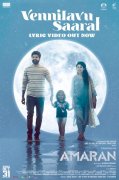 Amaran
Amaran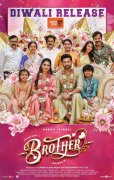 Brother
Brother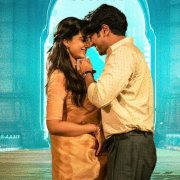 Lucky Baskhar
Lucky Baskhar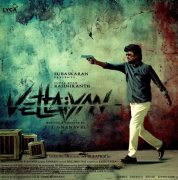 Vettaiyan
Vettaiyan Meiyazhagan
Meiyazhagan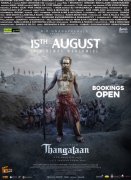 Thangalaan
Thangalaan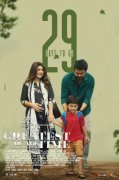 The Greatest Of All Time
The Greatest Of All Time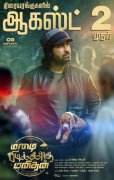 Mazhai Pidikkatha Manithan
Mazhai Pidikkatha Manithan